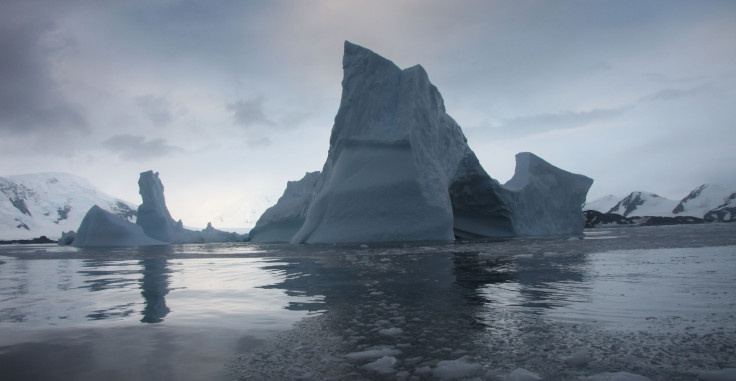Russia: Vladimir Putin eyes South Pole and Antarctic expansion

A Russian naval expedition will explore the Antarctic for the first time in over 30 years before the end of 2015, a Ministry of Defence spokesman told state news agency Itar-Tass.
Russia's territorial interest in the Arctic, rather than the Antarctic, has generated controversy as it shares the world's northernmost waters with four other countries, all of whom are Nato members. Canada, Norway, the US and Denmark, via Greenland, have made claims over the North Pole and its massive oil reserves that have become increasingly accessible as global warming melts the ice cap.
Now the Russian navy is looking to the South Pole, assembling oceanographers, naval researchers and scientists aboard the research vessel Admiral Vladimirskiy for the first time since 1982.
Navy spokesman Igor Dygalo told Tass that although the expedition will be headed by the Russian ministry of defence and navy, he insisted that the crew's interests are scientific.
Experts will conduct hydrographic research in order to make amendments to marine and nautical maps, as well as practice guiding a vessel through the difficult waters, assessing the vessels capabilities to perform in the conditions of the Antarctic.
Why the expedition is taking place now and why it is being organised by the Ministry of Defence and the navy, Dygalo did not say.
Russia already as a research station in Antarctica called Vostok (East). The station is the site of a sub-glacial lake, also called Vostok, which is the subject of ice core drilling – a process of observing long term changes to the climate through studying layers of ice and snow.
Currently, seven countries claim parts of Antartica as their territory – Argentina, Australia, Chile, France, New Zealand, Norway and the UK.
All military activity in the region was banned in 1961, when the 1959 Antarctic Treaty came into force. The treaty, which the former USSR signed, aimed to protect the region as a scientific preserve, during the height of the Cold War..
© Copyright IBTimes 2024. All rights reserved.






